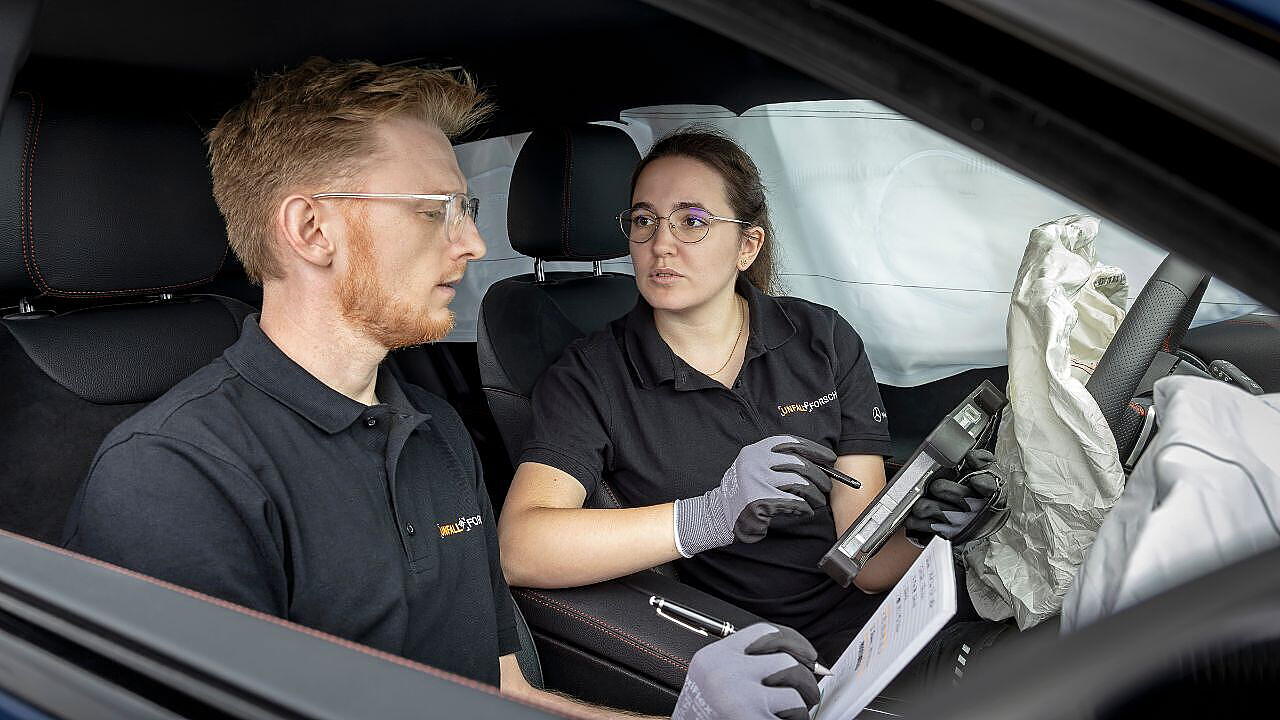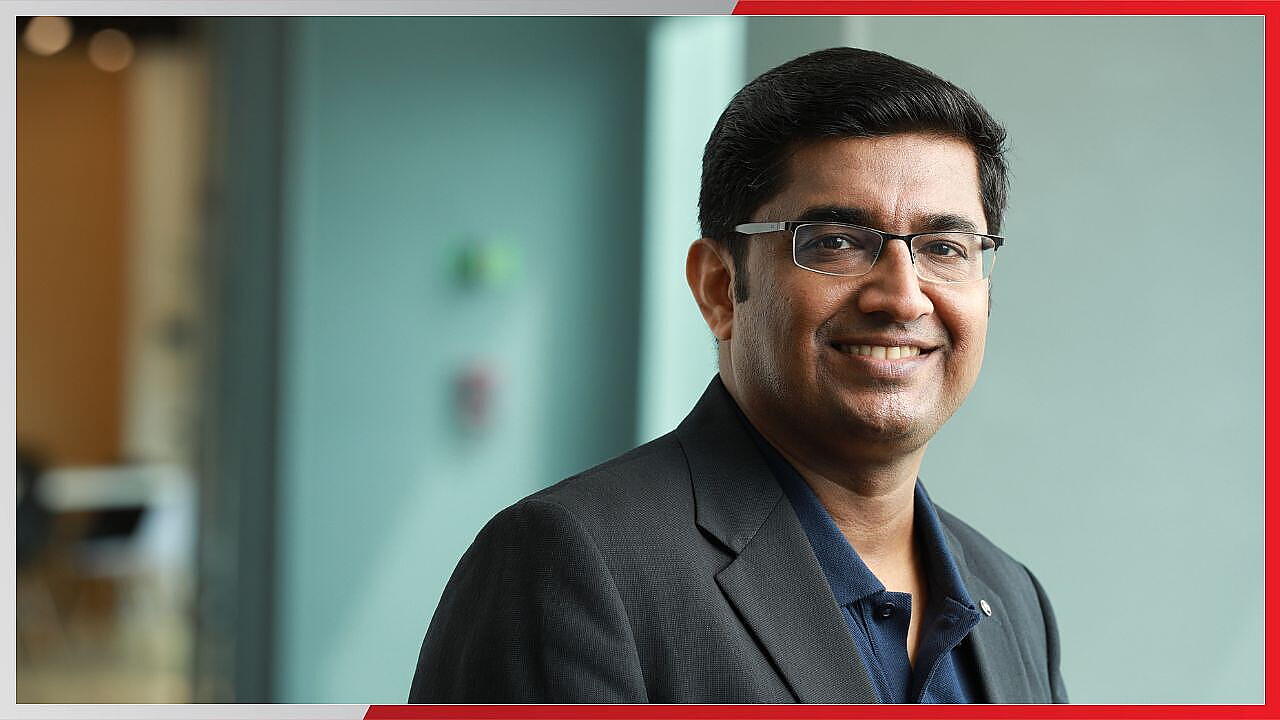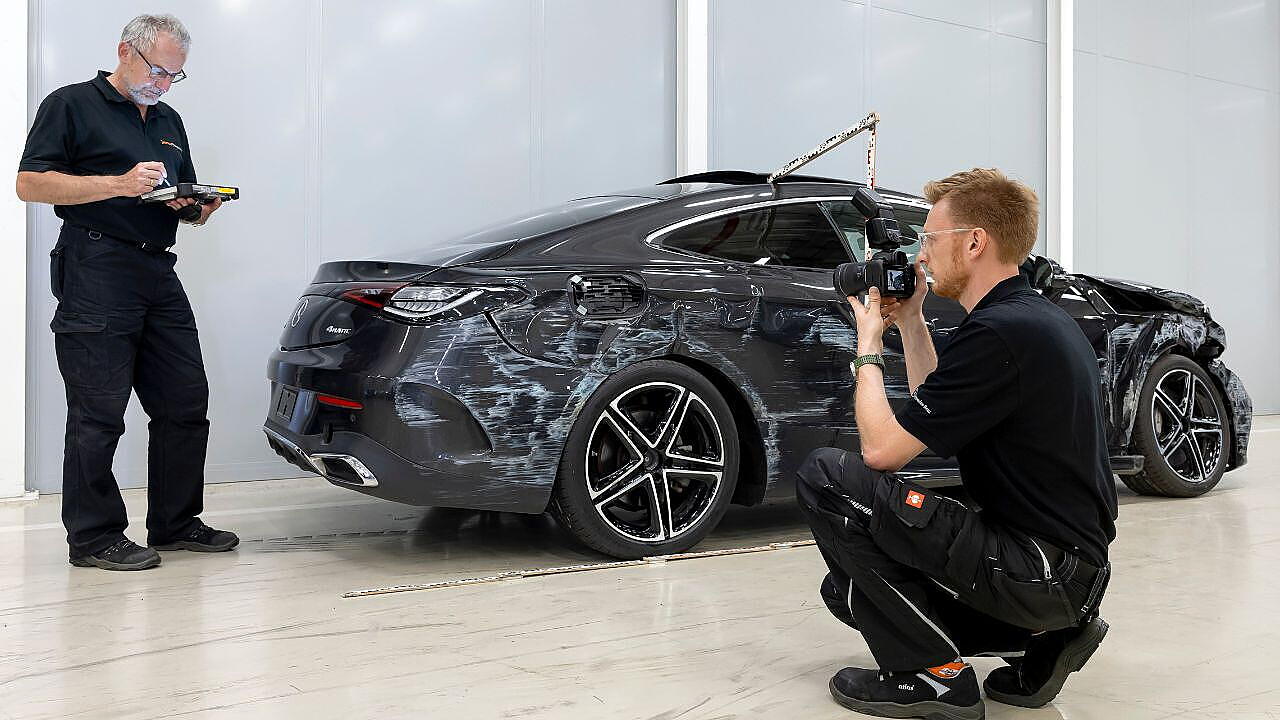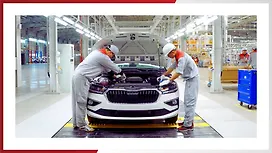
Every day in India, nearly 470 lives are tragically lost to road accidents, a sobering reminder of the urgent need for robust safety interventions. Government data reveals that over 4.8 lakh accidents occurred in 2023, claiming 1.72 lakh lives, underscoring the scale of the crisis. Yet amid the grim statistics, data from Mercedes-Benz Research and Development India (MBRDI) offers a powerful insight from the perspective of passenger cars: 95% of drivers and front-seat passengers who wore seat belts escaped accidents without injury, highlighting the life-saving impact of passive safety systems.
Over the past decade, MBRDI has been at the forefront of road safety innovation, leveraging deep research and advanced technologies to narrow the gap between risk and resilience. Its Accident Research team, which functions as the digital hub for Mercedes-Benz’s global accident research, plays a pivotal role in advancing safety insights. Specialising in accident reconstruction, data anonymisation, and analytics, the team meticulously evaluates the effectiveness of vehicle safety systems in the context of India’s diverse and often unpredictable road conditions.
Speaking to Mobility Outlook, Manu Saale, Managing Director and CEO, MBRDI, stated, “Through rigorous investigation and cutting-edge data analytics, our goal is not just to study accidents but to enable their prevention. Every data point is a step toward building safer roads.”
Turning Insight Into Impact
When asked whether these research findings have helped prevent crashes and reduce fatalities in India, Saale emphasised that while technology remains a vital enabler, true road safety transformation demands a holistic, multi-pronged approach. “Innovation alone is not enough,” he noted. “To make a meaningful impact, we need cohesive policy frameworks, behavioural change, and cross-sector collaboration that ensures research doesn’t just stay in labs, but is translated into real-world action,” he added.

According to Saale, the accident reconstruction studies carried out by MBRDI have not only influenced vehicle design and safety system development, but have also played a key role in shaping policy decisions. Leveraging data-driven insights, the team has undertaken several impactful initiatives—from real-time accident notifications through web-crawling technologies to collaborations under the German Innovation Forum, aimed at tackling accident-prone black spots through evidence-based interventions. These efforts underline a growing recognition that the application and enforcement of research insights is as crucial as their discovery, he mentioned.
Rethinking Safety In The Electric Age
As India accelerates toward electrified mobility, understanding the unique crash dynamics of electric vehicles (EVs) has become increasingly critical. Saale highlighted that recent investigations—including the first accident involving the Mercedes-Benz EQS—have yielded vital insights into battery protection, thermal resilience, and structural integrity, reaffirming the need to evolve safety frameworks tailored to EV architecture.
One of the pivotal enablers in this research journey has been the integration of e-Call technology, significantly enhancing the accuracy and timeliness of accident tracking. In parallel, MBRDI’s proprietary deep learning-based image anonymisation technology has achieved over 80% accuracy, enabling secure, ethical data processing at scale. As the digital command centre for global accident research, MBRDI continues to advance its methodologies with cutting-edge tools, including 3D scanning through Scaniverse and augmented reality-enabled collaboration via VuZix smart glasses, ensuring seamless data sharing and analysis across geographies.
Yet, as Saale noted, the foundation of a safer mobility future has been firmly laid, but its true potential lies in wider adoption of Advanced Driver Assistance Systems (ADAS), stronger enforcement of safety norms, and most importantly, the cultivation of a public mindset that prioritises road safety. “The ultimate goal is to translate research into real-world change and that requires every link in the chain—from technology to legislation to awareness—to work in harmony,” he noted.
Harnessing Data To Drive Safer Roads
Reflecting on the pivotal role of MBRDI’s Accident Research team in India, Saale highlighted the group’s deep expertise in accident reconstruction, data anonymisation, and analytics across diverse crash databases. This unique capability enables the team to evaluate the real-world performance of vehicle safety systems under the complex and often unpredictable conditions of Indian roads.

Since its inception in 2019, the team has conducted in-depth investigations into 52 critical accident cases, including seven involving electric vehicles, with a landmark moment being the first recorded investigation of a Mercedes-Benz EQS crash in India. These hands-on inquiries have provided vital insights into the nuances of road safety unique to India, forming the backbone of more targeted and effective safety interventions, he pointed out.
Advanced accident reconstruction techniques have not only informed vehicle design enhancements, but also led to recommendations around road infrastructure improvements—from better lane markings and intersection design to increased pedestrian protection. The data has been equally valuable in refining ADAS to respond more intuitively to Indian driving behaviours and road environments.
To elevate the accuracy and depth of its research, the team employs sophisticated tools such as AI-based image anonymisation and 3D scanning technologies, enhancing the precision of crash reconstructions and data interpretation. Yet, as Saale affirmed, road safety is not the product of technology alone. “It requires a comprehensive ecosystem—from infrastructure upgrades and policy enforcement to long-term behavioural change—to translate insights into lasting, impactful outcomes on Indian roads,” he reiterated.
Engineering Safer Roads
Recognising that road safety cannot be addressed in silos, MBRDI launched the SAFE ROADS initiative in 2015—a collaborative platform designed to bring together a diverse ecosystem of stakeholders including industry experts, suppliers, startups, NGOs, academia, and most importantly, young minds. The initiative, which has reached over 50,000 participants, including more than 15,000 children and students across major Indian cities, has become a national movement for safer mobility.
Through community dialogue, immersive demonstrations, and educational campaigns, SAFE ROADS has delivered valuable insights into road engineering, identifying infrastructure gaps, high-risk crash zones, and opportunities for systemic improvement. Complementing this is the MobileKids initiative, aimed at instilling safe road habits from an early age. “Our goal is to educate and empower future road users,” noted Saale, “because building safer roads begins with nurturing a culture of awareness and responsibility among the youth.”
This grassroots momentum is now being reinforced by a technological transformation—a decisive shift from reactive accident response to proactive crash prevention. “We’re witnessing a paradigm shift, where road safety is no longer about mitigating damage after the fact, but about anticipating and eliminating risks before they occur,” Saale explained.
MBRDI’s long-standing commitment to proactive safety is also reflected in the technologies integrated into Mercedes-Benz vehicles in India, he mentioned. For nearly a decade, the company has offered sophisticated ADAS, including automatic emergency braking, blind spot detection, and active parking assist. The E-Class E450, for example, features Active Brake Assist and Blind Spot Assist, with a new wave of India-specific safety enhancements currently in development.
In combining grassroots education, cutting-edge research, urban planning insight, and intelligent technology, MBRDI’s approach is reshaping road safety in India—not as a reaction to crisis, but as a forward-looking commitment to prevention, awareness, and resilience,
“As we work toward a future of zero-accident mobility, our focus must be on creating systems that continuously learn, evolve, and anticipate threats, because the best response to an accident is ensuring it never happens at all,” Saale concluded.
Also Read:
MBRDI Blends Safety, Sustainability At the 3rd Safe Road India Summit

